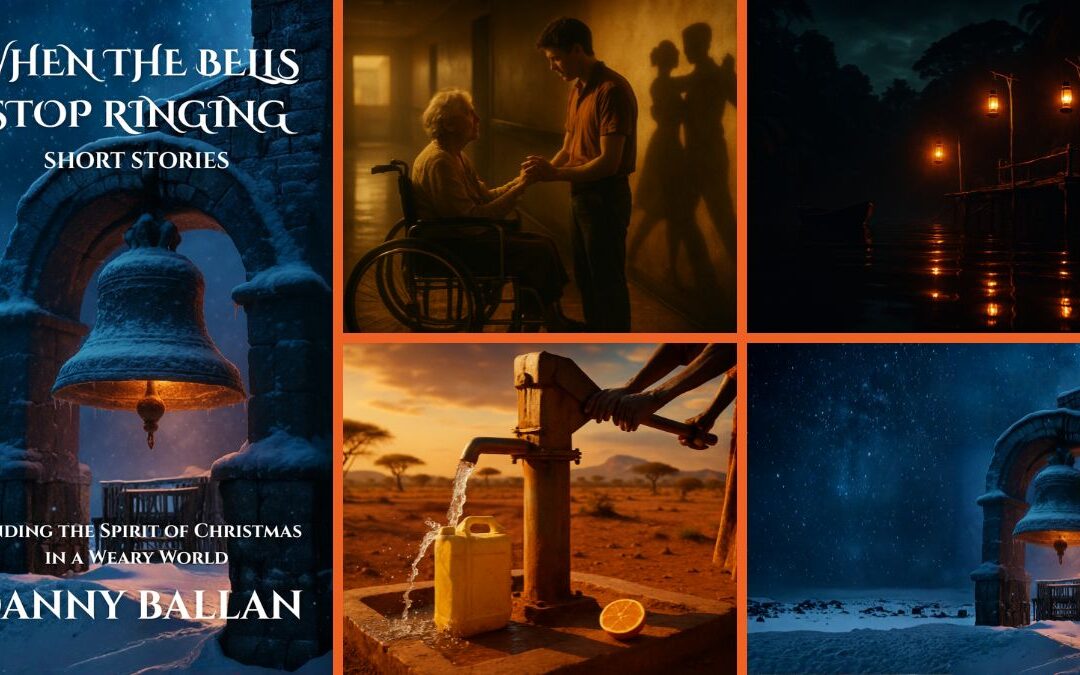- Cognitive Biases: How They Distort Our Self-view
- Take Action
- 1. Bias Journaling:
- 2. Mindful Awareness Practice:
- 3. Seeking Feedback:
- 4. Counterargument Practice:
- 5. Pre-mortem Analysis:
- 6. Diversity of Information Sources:
- 7. Decision-Making Checklists:
- 8. Pause and Reflect:
- 9. Role Reversal:
- 10. Statistical Thinking:
- 11. Cognitive Bias Workshops:
- 12. Exploring Cognitive Psychology:
Cognitive Biases: How They Distort Our Self-view
In the quiet corners of an esteemed university, where ivy-clad walls whispered the ancient tales of knowledge and wisdom, Alex, a psychology student with a fervor for understanding the human mind, found himself ensnared in a web of revelation and discovery. He had ventured deep into the realms of cognitive psychology, a world where the machinations of the mind were as fascinating as they were perplexing.
Alex had always perceived himself as rational, a being of logic who prided himself on his ability to dissect, analyze, and unveil the intricate layers of reality. Yet, on one unassuming afternoon, amidst the silent stacks of the university’s grand library, Alex stumbled upon the concept of cognitive biases, a revelation that would unmask the veiled dance of perception and reality.
He delved into the works of great minds, from Kahneman’s insights into fast and slow thinking to Tversky’s illuminations on the heuristics of the human psyche. Every page turned was a step deeper into the cavern of self-awareness where the echoes of cognitive biases played the enigmatic tunes of distortion and revelation.
Alex had always regarded himself a prudent decision-maker, yet the Availability Heuristic told a different tale. Instances from his past unfurled before his eyes, where judgments were clouded by the vivid imprints of recent events. The distant echoes of the news, the colorful narratives of social media, the impassioned tales of peers – all painted a skewed mural of reality that influenced decisions, beliefs, and ultimately, his self-view.
One evening, under the soft glow of the moon’s tender light, Alex retreated into the sanctity of reflection. A silent observer to the dance of thoughts, beliefs, and perceptions, he confronted the Anchoring Bias. Numbers, figures, initial impressions – all wielded the silent power to anchor his judgments and decisions, subtly yet profoundly shaping the contours of his self-perception.
As weeks morphed into months, the Confirmation Bias unveiled its intricate dance. Alex observed the silent predilections of his mind, an unwavering allegiance to seek, acknowledge, and embrace information that affirmed preexisting beliefs. Every article read, every discussion engaged, every narrative embraced – was a silent testament to the mind’s subtle yet insistent quest to validate its cherished convictions.
Amidst this odyssey of revelation, Alex encountered the Dunning-Kruger Effect, a silent mirror reflecting the chasms between perceived and actual competence. In the silent nights of introspection, illuminated by the tender whispers of the stars, he confronted instances of overconfidence, where the fledgling wings of knowledge bore the illusion of mastery.
Yet, this journey through the enigmatic corridors of cognitive biases was not a descent into the abyss of self-critique but an ascent into the luminous realms of awareness and enlightenment. Every bias unveiled was a thread unraveling the woven tapestry of distortion, a silent step towards the clear, pristine waters of self-awareness.
Alex, armed with the illuminations of cognitive biases, embarked upon the transformative journey of self-discovery. The lenses of biases, once veiled in the silent shrouds of unconsciousness, now lay bare, unveiling the distortions and illuminations of self-perception.
Every decision, every judgment, every perception – now bore the silent echoes of awareness. The Availability Heuristic, Anchoring Bias, Confirmation Bias, Dunning-Kruger Effect – were not formidable adversaries but silent companions in the odyssey of self-awareness. Companions that whispered the silent tunes of vigilance, reflection, and discernment.
As the ivy-clad walls of the esteemed university bore witness to the silent transformations of seasons and souls, Alex, with eyes illuminated by the radiant glimmers of self-awareness, realized the profound dance of cognitive biases and self-view.
In the silent echoes of this dance lies a narrative – not of judgment but of awakening, not of critique but of enlightenment. Every soul, in its silent odyssey through the corridors of existence, is a dancer – weaving the intricate steps of perception and reality amidst the silent tunes of cognitive biases.
In this narrative, cognitive biases are not veiled adversaries but illuminating companions, echoing the silent yet profound tunes of awareness, reflection, and transformation. Every bias confronted, every distortion unveiled, every illumination embraced – is a step towards the pristine waters of self-awareness, where the veiled dances of perception and reality merge into the radiant symphony of enlightened existence.
Take Action
1. Bias Journaling:
- Exercise: Keep a journal to record instances when you notice cognitive biases influencing your thoughts and decisions. Reflect on these entries to increase awareness and understand patterns.
2. Mindful Awareness Practice:
- Exercise: Cultivate mindfulness to become more aware of your thought processes. Observe your thoughts without judgment to identify when biases emerge.
3. Seeking Feedback:
- Exercise: Regularly seek feedback from others to gain an external perspective on your skills, decisions, and behaviors. This can counteract biases rooted in self-perception.
4. Counterargument Practice:
- Exercise: Whenever you form an opinion or make a decision, practice developing counterarguments. This can mitigate confirmation bias by forcing you to consider alternative perspectives.
5. Pre-mortem Analysis:
- Exercise: Before finalizing a decision, consider all the things that could go wrong. Analyzing potential failures helps counter overconfidence and anchoring biases.
6. Diversity of Information Sources:
- Exercise: Expose yourself to a variety of information sources and perspectives. This diverse exposure can dilute the influence of availability and confirmation biases.
7. Decision-Making Checklists:
- Exercise: Create checklists for decision-making processes to ensure that you’re considering all relevant factors and not falling prey to biases like anchoring.
8. Pause and Reflect:
- Exercise: Instill a practice of pausing before making decisions or forming opinions. Use this time to assess if biases are at play and to consider alternative perspectives.
9. Role Reversal:
- Exercise: Put yourself in another person’s position to view situations from their perspective. It can reduce egocentric and similar biases.
10. Statistical Thinking:
- Exercise: Enhance your statistical thinking skills to better interpret data and avoid being misled by biases related to probability and randomness.
11. Cognitive Bias Workshops:
- Exercise: Attend workshops or training sessions that focus on recognizing and mitigating cognitive biases. Sharing and learning in a group can amplify understanding and strategies to combat biases.
12. Exploring Cognitive Psychology:
- Exercise: Read books and articles on cognitive psychology to deepen your understanding of biases. Knowledge is a powerful tool for recognition and mitigation.
These exercises can support individuals in their journey to unravel and mitigate the influence of cognitive biases on their self-view. Through increased awareness, reflection, and strategic actions, one can navigate towards a more accurate, unbiased understanding of oneself and the world around them. Each exercise serves as a stepping stone on the path of enhanced self-awareness and informed decision-making, echoing the intricate dance between perception and reality.










0 Comments